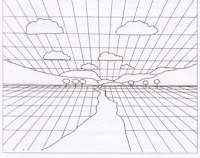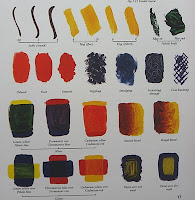Global Warming Believers from around the world met for another conference designed to close ranks, discourage critical thinking, improve groupthink, and provide more evidence to one another backing up their already reached assumptions and theories. These 'scientists' are a real threat to your life, liberty, and property, but don't take my word for it.
Via memeorandum comes this story from the Telegraph called Cancun climate change summit: scientists call for rationing in developed world. Here are some interesting parts...
...In one paper Professor Kevin Anderson, Director of the Tyndall Centre for Climate Change Research, said the only way to reduce global emissions enough, while allowing the poor nations to continue to grow, is to halt economic growth in the rich world over the next twenty years...This guy looks back for inspiration on how to solve what he sees as a crisis to the command and control economies of World War Two, believing that people need to be persuaded by governmental power to adopt living standards below what they can achieve just so that some people can feel like they control the temperature of the entire globe. This professor of course would be directing these standards from his plush university, controlling who gets how much power in society, while armed men in gray uniforms controlled by him roam the streets beating down freedom-loving patriots who turn on lights to read at night, drive safe cars, operate dishwashers, and fly around to visit family and friends.
....Prof Anderson admitted it “would not be easy” to persuade people to reduce their consumption of goods. He said politicians should consider a rationing system similar to the one introduced during the last “time of crisis” in the 1930s and 40s.
It is my hope that the United States is only minimally supporting a conference like this, and that our elected leaders stay away from this situation because, while the goal of protecting the environmental is moral and the desire to create a better society for our future is a good one, the methods that they advocate to achieve these goals and desires runs counter to what America has shown to be successful. Only by supporting and celebrating life, liberty, and property protection can any real and lasting gains be made in making our future and environment a brighter and healthier one.
For those interested in learning more, check out Climategate: A Veteran Meteorologist Exposes the Global Warming Scam or The Great Global Warming Swindle (DVD)
























